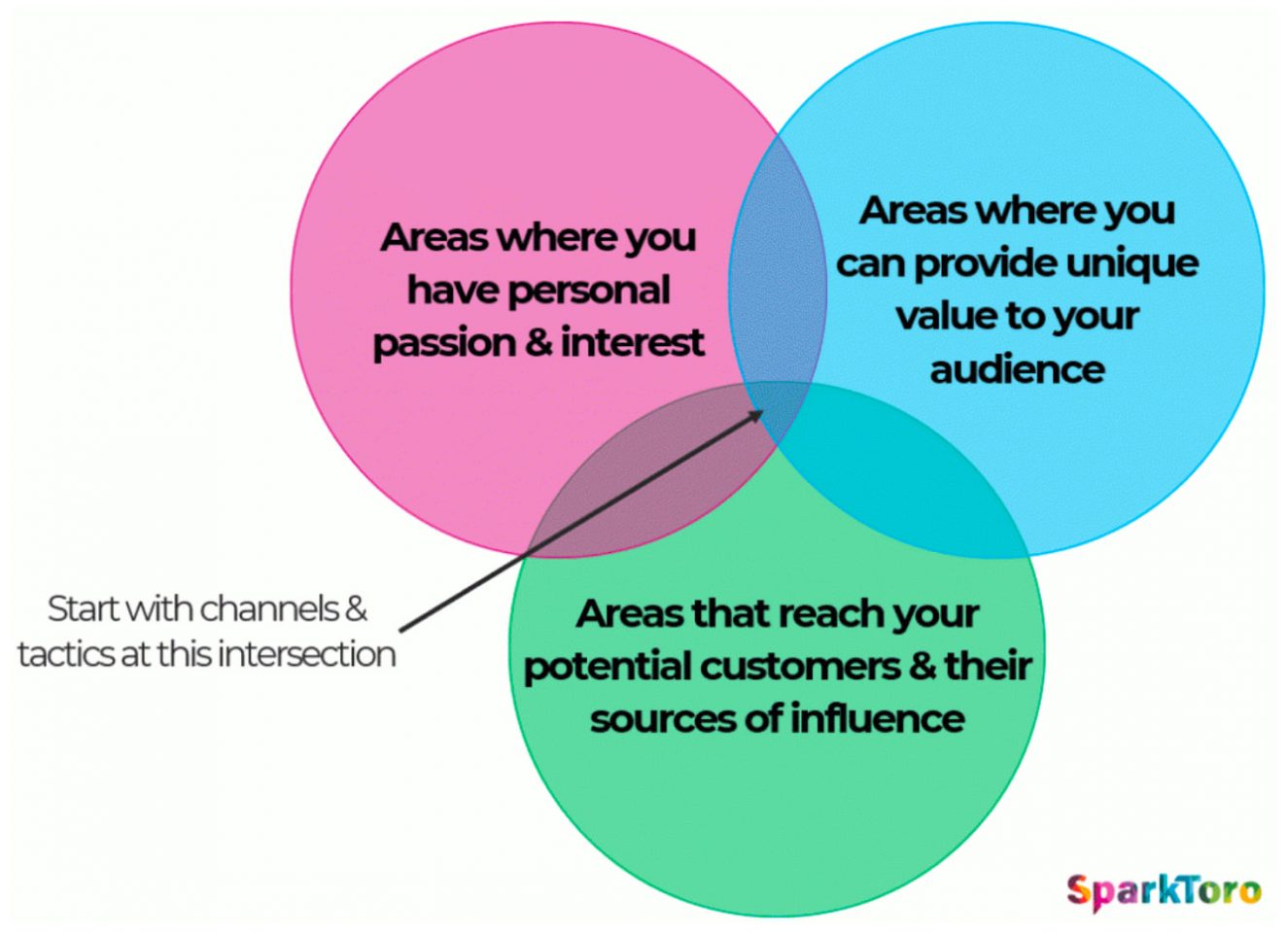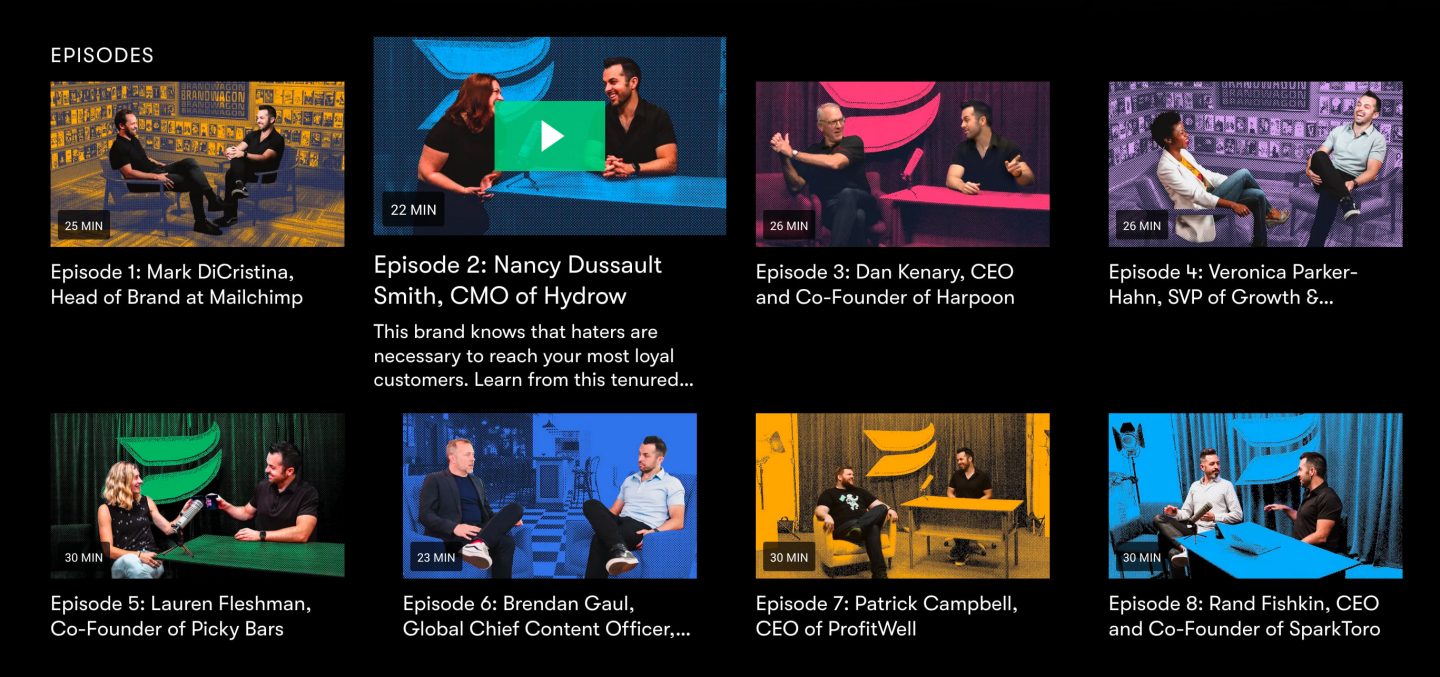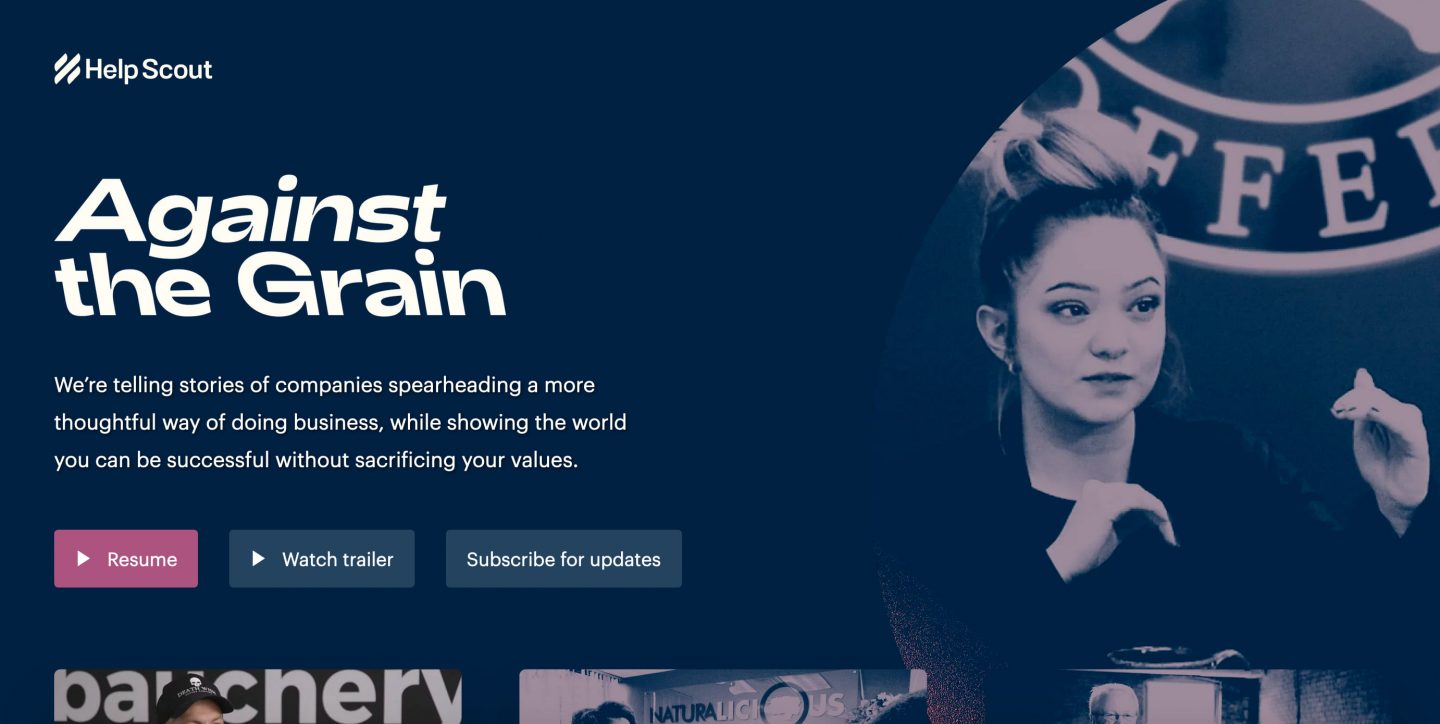Content marketing is more than a blog.
Content marketing is more than a Youtube channel.
People have changed the way they consume content. Now, we have faster and better devices. Some of us are using bigger screens on our smartphone, while others can’t even go outside for a walk without their Airpods (yeap, that’s me).
We want to consume more content, but at the same time, we seek content that is distributed according to our own expectations and habits.
We are different, and we love different types and forms of content. Some people consume podcasts only when they do something actively (running, shopping, cleaning, driving). Some people are listening to their favorite podcast episodes while they are relaxing in the comfort of their own homes, sitting on a couch and just doing nothing.
Diversity is the key.
We, as content marketers, should understand that settling for just only one type of content is not enough to engage in effective content marketing.
If you want to do content marketing the proper way, you can’t just rely on your blog or your own Youtube channel. You have to diversify your content creation process and at the same time, your content distribution strategy.
I believe that these days, diversification should be the norm not only in regards to content marketing but also in business.
I have discovered this visual where you can see the top tech giants’ business revenues divided into different categories. Let’s take, for example, Apple. We see a 62.8% revenue coming from their iPhone product releases. At the same time, 14% of their revenue came from services like Apple Music, Apple TV, and Apple pay while 9.6% came from selling Macs, 7.1% from selling iPads, and 6.6% from selling products like Apple Airpods and other peripheries.
Now, this makes me think that we need to have a more diversified mindset when we think about online business and content marketing.
I also understand that we can’t do everything, that we can not invest all our energy and money in every type of content marketing strategy. as Chris Savage clearly stated on the “Build to Last” conference:
This means that when you start your content marketing strategy, it is recommended to just take this visual from Sparktoro and think about it:

And from this point, you will see how it will work and where you can make another step to diversify your content.
Why do we need content that is more diversified?
Let’s, for a short while, get back to our main topic on why we need to diversify our content and when we need to do it.
First of all, you need to start with one single type of content. Even if it’s your company blog, or your Youtube channel, podcast show, or you name it. Make the best of it.
Push that one type of content forward and make sure it is the best kind of content you can create. If you are writing articles, go with that and make the best out of your work. If you are creating infographics, make the best out of them. And when you start seeing results and really reach out to your target audience, make the next step for your business and diversify your content. You can create visuals (slides, infographics, graphics) from every piece of content you published on that blog. Or you can begin to take those articles and make them a topic for a podcast discussion. There are so many ideas you can use on your way towards the next step.
However, I recommend you to continue focusing on your main content strategy/skills and see what fits for you and your company regarding the choice of diversifying the content.
Brands who diversified their content approach
If you want to take a look at some companies that innovate and diversify their content approach, I recommend taking a look at the SaaS (Software as a Service) industry. They are the ones who try new methods that work new things, and they come along with original content marketing ideas. They are the ones who love to challenge the status quo because of their identity and other SaaS companies who’ve tested and disrupted the entire planet (think about TikTok, Amazon, Facebook, Google, SalesForce, HubSpot, Intercom and many more).
Back in the day, almost every SaaS company had a blog. They had a blog and used it to communicate with their audience. Brands like MOZ started their own company on the back of their own blogs when people like Rand Fishkin used to write content pieces five nights/week.
SitePoint.com Led to 99designs, according to Matt Mickiewicz, who says, “In 2006, some designers in the SitePoint community began challenging one another to games of ‘Photoshop Tennis’ — essentially coming up with fictional projects and competing to see who could create the best design. They did this simply to practice their design skills and because they were passionate about graphic design. Eventually, other members of the SitePoint community jumped in and started offering cash awards for work on real projects, such as logos and WordPress themes…”
- QuickSprout.com Led to KISSmetrics
- Copyblogger.com Led to Copyblogger Media
- Ghost blog led to Ghost Products
It was a time when only the SaaS industry-focused so much on using a blog, while the financial market, health market, or FMCG market didn’t care about this type of communication.
Now, [almost] every company has a blog.
But these SaaS companies moved forward, and now they have a different approach. A different kind of content marketing strategy, beside their blogs or their social media channels.
Here’s a diversified content strategy approach example
Let’s take, for example, Wistia.
They do not only write on their own personal blog and have a great social media community, but they also develop a few video and podcast series.

Wistia created their studio from where they launch documentaries, video interviews, and educational videos that were for all aspects, dedicated to their audience.
- (Out of) office hours with Chris Lavigne – is a live show where Chris talks about video production. Here, he shares and gives you live ideas about anything you could be interested in video production, from microphones to desks and details on the lights and the setup.
- Low Views High Impact – in this series, they talk with guests about how your videos can make a significant impact even if they didn’t get the “viral” trophy we all dream and hope about.
- One, Ten, One Hundred – this was an excellent success for Wistia because everybody gives them an example when we talk about video series. They challenged three video production agencies to make three video ads with three different budgets.
- Brandwagon – their CEO, Chris Savage, sits down and chats with marketing professionals behind successful brands. It looks like a David Letterman show, only for marketers.
- Talking Too Loud – Chris Savage continues to create content. This time, we’re talking about a podcast that is dedicated to entrepreneurs, a podcast that welcomes guest entrepreneurs who share the hilarious, informative, and most significant challenges they faced while building more human brands.
Here you go, four videos and podcast series from one pure SaaS company that creates content using the long term strategy.

There are other brands like MailChimp who invest a lot of resources in their, for example, MailChimp Presents project, where you can see tons of videos, documentaries, shows, and listenings to different podcasts.

Let’s not forget about HelpScout video series with Jay Acunzo, where they tell stories of “companies spearheading a more thoughtful way of doing business.” And I almost forgot about Netflix who does not only have its own main video streams but also creates a bunch of new podcasts.
Here are the examples of SaaS companies diversifying their content, besides writing great blog posts or distributing engaging social media statuses.
These SaaS companies have a long-term mindset with these types of content, not just for creating it but also with the will of building a brand, brick by brick.
What are the lessons you can take from this article:
- Start creating diversified content: from written content to video or audio series.
- Have a long term mindset
- You are building your brand with your mind focused on one type of content at a time
- Invest a lot of energy and resources in the kind of content your audience wants to consume
- Watch the SaaS industry and see where it is going with the content approach
- Don’t be afraid to try new things in content marketing
- Invest in content research, content creation, and content distribution – this will make your content strategy successful.


Leave a Reply